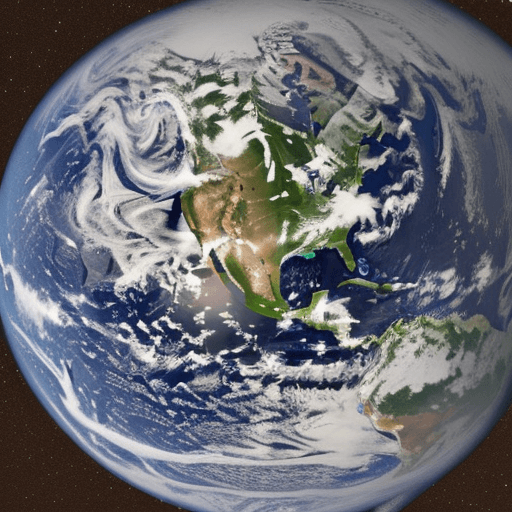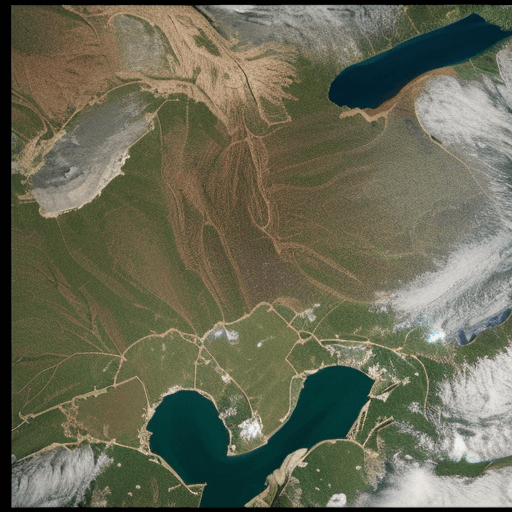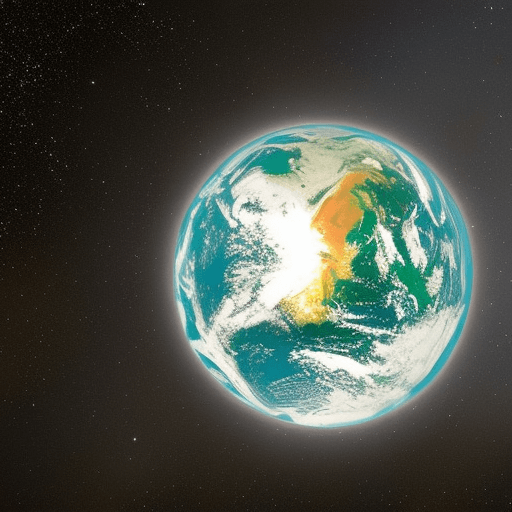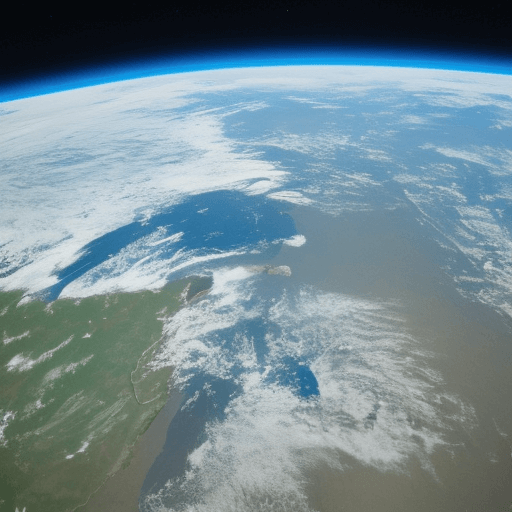How much does the earth weigh?
This is a question that has been asked for centuries, and scientists are still trying to figure out an answer.
The truth is, it’s hard to determine the exact weight of our planet.
But we can make some estimates based on what we know about Earth.
In this blog post, we will discuss the various ways that scientists have tried to calculate the weight of the earth, as well as what they have found so far.
Earth’s mass is about 5.97 x 10^24 kg. So the weight of the Earth would be 6.07 sextillion metric tons!

Explain it to a child
The earth weighs a lot. According to popular estimates, it weighs 5.97 x 10^24 kilograms. That’s the same as 73 million trillion tons!
How much does the earth weigh and how was it calculated?
According to recent estimates, the earth weighs in at around 6 sextillion or 6,000,000,000,000,000,000,000 tons.
That’s a lot of zeroes!

So how did scientists arrive at this number?
One way to estimate the weight of the earth is to measure its gravity.
By using a device called a torsion balance, scientists can measure the amount of force required to cancel out the gravitational pull between two objects.
- By doing this at different locations around the world and taking into account the earth’s size and mass, they can calculate its weight.
- Another method for calculating the earth’s weight involves measuring its pull on nearby objects.
- For example, by observing how much the moon’s orbit is affected by the earth’s gravity, scientists can estimate the earth’s mass.
So far, these two methods have yielded similar results, confirming that our planet is indeed very heavy!
How much does the earth weigh in kilograms?

According to popular estimates, the earth weighs in at a whopping 5.97 x 10^24 kilograms.
- To put that into perspective, that’s the equivalent of nearly 73 million trillion tons.
- In other words, the earth is incredibly heavy!
- But where does all that mass come from?
- The answer lies in the composition of the earth itself.
- Nearly 71% of the earth’s surface is covered by water, which makes up a substantial portion of its total weight.
The rest of the earth’s mass comes from its rocky crust and mantle, as well as its iron-rich core.
Together, these make up the bulk of the earth’s mass and give it its massive size and impressive gravity.
What are some of the methods scientists use to measure the mass of the earth?

Scientists have employed a variety of methods to measure the mass of the Earth.
Early estimates were based on simple balances, with the known weights of objects like rocks and water is used to estimate the mass of the Earth.
More modern techniques make use of sensitive instruments like accelerometers and gravimeters to directly measure the gravitational pull of the Earth.
By combining these measurements with other data, like the size and density of the Earth, scientists can calculate its mass with great accuracy.
In recent years, measurements from satellites have also been used to estimate the mass of the Earth.
These techniques have yielded results that are in good agreement with each other, giving scientists a pretty good idea of just how massive our planet really is.
What are some factors that could affect the weight of the Earth?

The weight of the Earth is determined by a number of factors, including the mass of the planet and the gravitational force.
The mass of the Earth is constant, but the gravitational force can vary depending on the distance between the planet and the Sun.
- For example, when the Earth is closer to the Sun, it experiences a greater gravitational force, which makes it heavier.
- Additionally, the weight of the Earth can be affected by tides.
- When the Moon is closer to the Earth, it causes a bulge in the ocean, which increases the weight of the planet.
- Finally, changes in the atmosphere can also affect the weight of the Earth.
When there is more water vapor in the atmosphere, it increases the atmospheric pressure, which makes the planet heavier.
What are some of the challenges in determining the Earth’s weight accurately?
Measuring the weight of the Earth is no easy feat.
After all, it’s not like we can put the entire planet on a set of scales.
- Instead, scientists have to rely on indirect methods to estimate the Earth’s mass.
- One common approach is to use gravity measurements to calculate the amount of matter that makes up the planet.
- However, this method only provides an estimate of the Earth’s mass, as it doesn’t take into account factors such as the rotation of the planet or the presence of molten rocks deep within the mantle.
As a result, determining the accurate weight of the Earth is a challenge that continues to baffle scientists.
Thus, we can say with some confidence that the earth weighs in at around 6 sextillion metric tons.
But this is just an estimate – the true figure may be slightly higher or lower than this.
Article Sources
Jacks of Science sources the most authoritative, trustworthy, and highly recognized institutions for our article research. Learn more about our Editorial Teams process and diligence in verifying the accuracy of every article we publish.
